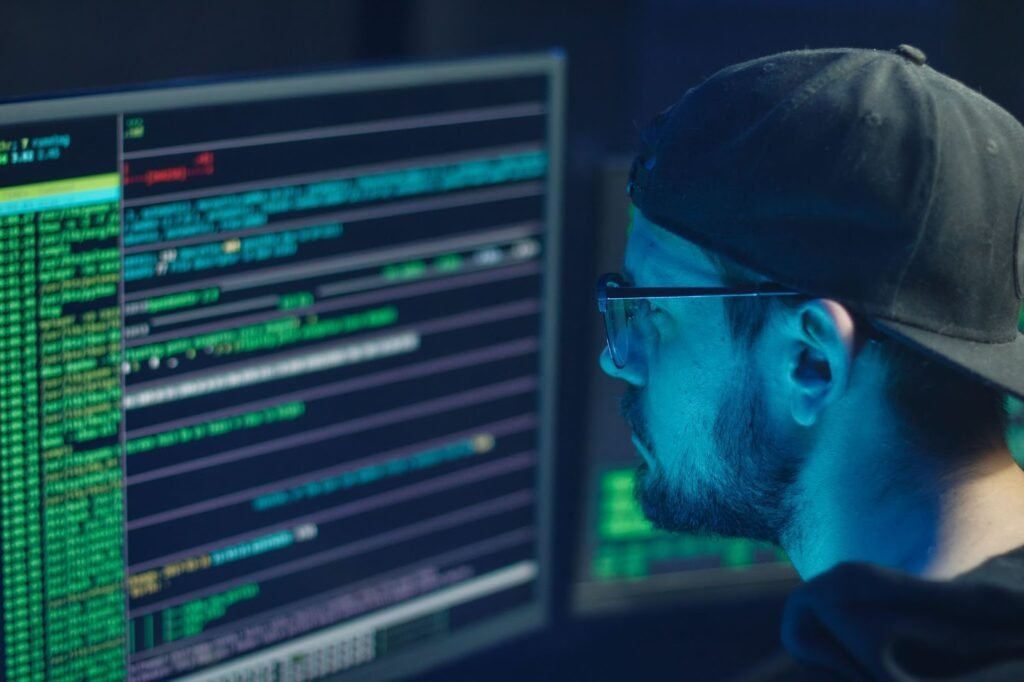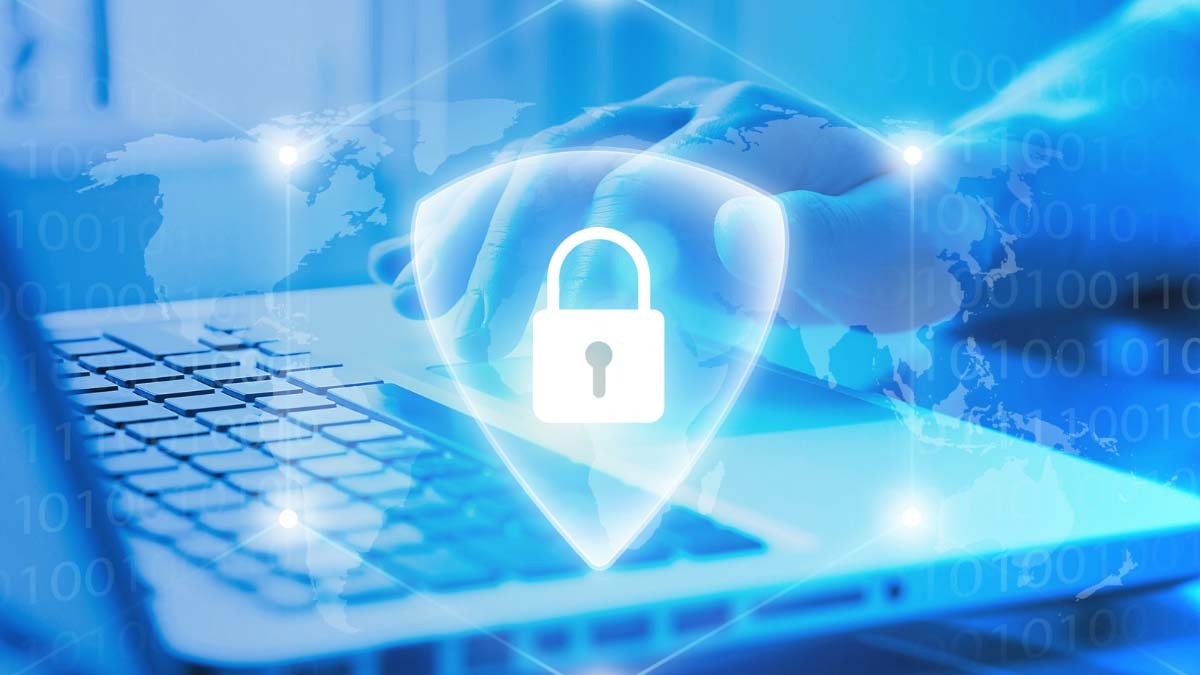In our increasingly interconnected world, the threat of cyber attacks looms large. From personal information breaches to corporate data leaks, the consequences of inadequate cybersecurity measures can be devastating. It’s essential for individuals and organizations alike to prioritize cybersecurity awareness training and develop effective strategies to safeguard their digital assets. In this article, we will delve into the world of cybersecurity, exploring the importance of protecting your digital presence and providing practical tips and strategies to ensure unrivaled protection.
To effectively combat cyber threats, it’s crucial to have a solid understanding of the cybersecurity landscape. We’ll discuss the various types of cyber threats, including malware, phishing attacks, ransomware, and social engineering. By familiarizing yourself with the tactics employed by cybercriminals, you can better protect yourself and your organization from potential attacks.
The first step in enhancing cybersecurity is assessing existing defenses and identifying potential vulnerabilities. We’ll explore best practices for conducting a thorough security audit, evaluating your network infrastructure, and reviewing access controls. By identifying weak points, you can take proactive measures to strengthen your digital defenses and reduce the risk of cyber breaches.

Implementing Robust Password and Authentication Practices
Passwords serve as the first line of defense against unauthorized access. In this chapter, we’ll discuss the importance of creating strong, unique passwords and regularly updating them. We’ll also explore the benefits of implementing two-factor authentication and biometric authentication methods to add an extra layer of security to your accounts
Implementing robust password and authentication practices is a fundamental step in safeguarding our digital lives. By creating and managing strong passwords, enabling two-factor authentication, considering biometric options, and adopting multi-factor authentication, we can significantly enhance the security of our online accounts and protect our sensitive information from unauthorized access.
Remember, cybersecurity is an ongoing effort, and staying informed about emerging threats and best practices is essential. By prioritizing password and authentication security, we can create a safer and more secure digital world for ourselves and future generations.
Educating and Empowering Users
Humans are often the weakest link in the cybersecurity chain. In this chapter, we’ll emphasize the importance of cybersecurity education and awareness among users. We’ll provide practical tips for identifying phishing attempts, practicing safe browsing habits, and exercising caution while interacting with emails, social media, and other online platforms. By empowering individuals with knowledge, we can collectively create a stronger defense against cyber threats.
Practical Tips for Identifying Phishing Attempts
Spotting Suspicious Emails
Emails are a common medium for phishing attempts. This chapter will focus on identifying the telltale signs of a phishing email. The indicators such as generic greetings, spelling and grammar mistakes, unexpected attachments or links, and urgent or overly enticing language. By paying attention to these red flags, users can avoid falling into the trap of fraudulent emails and protect their sensitive information.
Verifying Sender Identity
Verifying the sender’s identity is crucial in determining the legitimacy of an email or message. It would help if you learned the techniques such as checking email addresses for misspellings or inconsistencies, hovering over links to view the actual URL, and cross-referencing contact information with official sources. By ensuring the sender’s credibility, users can mitigate the risk of interacting with malicious entities.
Assessing Website Authenticity
Phishing attacks often involve fraudulent websites designed to deceive users.
Beware of Social Engineering Tactics
Social engineering plays a significant role in successful phishing attempts.
Phishing attacks continue to pose a significant threat to individuals and organizations alike. By arming yourself with knowledge and implementing practical tips for identifying phishing attempts, you can safeguard your online security and protect your sensitive information. Remember to stay vigilant, verify sender identities and website authenticity, and report any suspicious incidents. By taking these proactive measures, you can navigate the digital landscape with confidence and peace of mind.
Protecting Data with Encryption and Backups
Data is a valuable asset that needs to be protected at all costs. We’ll delve into the world of data encryption, discussing its importance and providing guidance on implementing encryption protocols for sensitive information. Additionally, we’ll emphasize the significance of regular data backups as a fail-safe against data loss and ransomware attacks.
Implementing encryption protocols is paramount in protecting sensitive information from unauthorized access. By understanding the importance of encryption, choosing the right protocols, securing data in transit and at rest, managing keys effectively, and complying with regulatory requirements, organizations can enhance their overall security posture. With the guidance provided in this blog post, readers will be empowered to implement robust encryption practices and safeguard their sensitive information in an increasingly digital world.
Remember, encryption is not just a responsibility of organizations; individuals should also take steps to protect their personal information. By encrypting files, using secure messaging applications, and staying informed about best practices, everyone can contribute to creating a more secure digital ecosystem.
Securing Your Network and Devices
Securing your network and devices is critical for safeguarding your digital presence. By providing organizations with valuable insight and oversight, network traffic visibility enables the detection of threats before they result in significant harm or disruption. We’ll explore best practices for securing routers, implementing firewalls, and using antivirus software. We’ll also discuss the importance of keeping software and operating systems up to date to mitigate vulnerabilities.
Building a Culture of Cybersecurity
To build a culture of cybersecurity, it’s crucial to first understand what cybersecurity entails.
Awareness is the foundation of a strong cybersecurity culture. In this chapter, we will discuss the importance of promoting cybersecurity awareness among individuals and within organizations.
Implementing Strong Password Practices
Passwords are the first line of defense against unauthorized access to digital accounts and systems
Enforcing Multi-Factor Authentication
Multi-factor authentication (MFA) adds an extra layer of security by requiring additional verification steps beyond a password.
Securing Devices and Networks
Securing devices and networks is critical to maintaining a strong cybersecurity culture.
Protecting sensitive data is a crucial aspect of cybersecurity. In this chapter, we will explore data protection strategies, including encryption, data classification, and secure data storage.
Building a culture of cybersecurity requires a collective effort, where individuals and organizations prioritize security, promote awareness, and implement best practices. By understanding the importance of cybersecurity, promoting awareness, implementing strong password practices, securing devices and networks, safeguarding against phishing attacks, protecting sensitive data, and establishing incident response plans, individuals and organizations can create a resilient and secure digital environment. Together, let’s build a culture of cybersecurity to safeguard our digital world.
Conclusion
In an era dominated by digital advancements, cybersecurity is no longer optional—it’s a necessity. By cracking the code of cybersecurity and implementing robust defense strategies, you can protect yourself, your organization, and your digital assets from the ever-evolving threat landscape. Remember, cybersecurity is an ongoing process that requires continuous education, awareness, and adaptation. Stay informed, stay vigilant, and unleash your digital defense strategies for unrivaled protection. Together, we can create a safer and more secure digital world.



